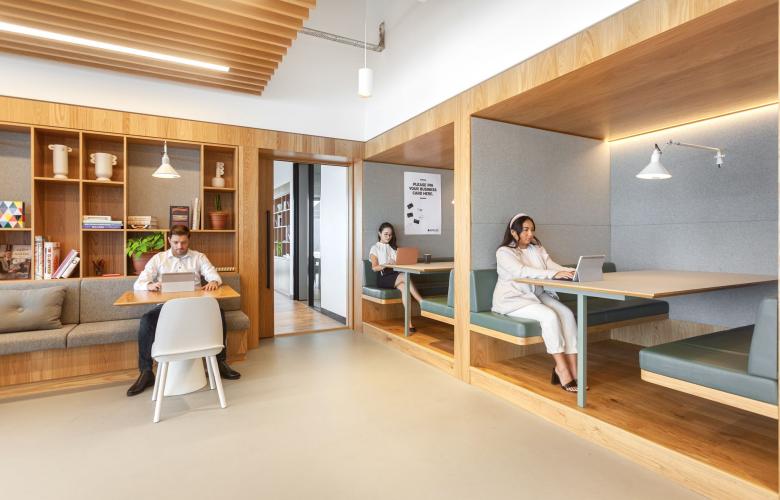Suburban rejuvenation. New places for workplaces. New opportunities for landlords.
Contact
Suburban rejuvenation. New places for workplaces. New opportunities for landlords.
Being able to work closer to home will create new opportunities to develop coworking hubs in towns and villages.
The days of employees spending five days a week at a central HQ appear to have had their day. The move towards hybrid working over the last couple of years has seen many people move from the city to the countryside or coast in pursuit of a better quality of life.
With people now spending more time (and money) in and around their local areas, we’re seeing an increasing demand for the amenities they need. Including flexible workspaces.
As IWG Founder and CEO Mark Dixon explains: “With hundreds more rural and suburban flexible working locations expected to open in the coming years, we expect a wide range of vibrant local communities to develop with thriving businesses at their heart.”
A recent economic impact study by IWG and Arup backs up this trend. It showed that in the UK, rural and suburban areas could receive a cash boost of £327m (about AUD575m) a year due to the roll-out of flexible office and coworking spaces for hybrid workers. An estimated 4,000 new jobs could also be created for people to run them. It’s not just happening in the UK. In Germany, IWG estimates up to 38,500 full-time workers will relocate from urban centres, and in the US, the figure is almost 200,000, with the potential to create up to $1.3bn (about AUD1.8bn) in spending.
With the surge in demand for flexible work solutions at a record high, there’s an enormous investment potential for landlords and property developers. Especially in the suburbs and beyond. In the UK, IWG has seen the highest increase for its flexible workspaces in suburban areas such as Bromsgrove (+153%), Andover (+86%) and Havant (+79%). “People are going to want to work close to where they live, so this is a trend that’s going to stick,” says Dixon.
There are major benefits for employees and companies with the shift towards flexible workspaces. Being able to work closer to home provides major gains in terms of wellbeing and productivity for staff. While it can help employers achieve their ESG goals due to fewer carbon emissions. In the future, people will be able to live and work in ‘model villages’, where all local amenities like shops, schools, restaurants and workspaces can be reached within 15 minutes on foot or by bike.
“Suburban revitalisation will allow work/life balance to improve, making people more productive and healthier,” says Dixon. “Meanwhile, investment will flood in for new infrastructure and facilities,” he adds. “This will be one of the most dramatic and long-lasting legacies of the pandemic.”
Suburban revitalisation is one of ten trends identified in IWG’s white paper, The Future of Work: a trends forecast for 2022.
Flexible workspace is the fastest-growing sector of the global workplace market. Make the most of this exciting investment opportunity by partnering with IWG today.
Related Reading:
The Role of Franchise Operators and Landlords in the Future of Flexspace
Suburban rejuvenation. New places for workplaces. New opportunities for landlords.







